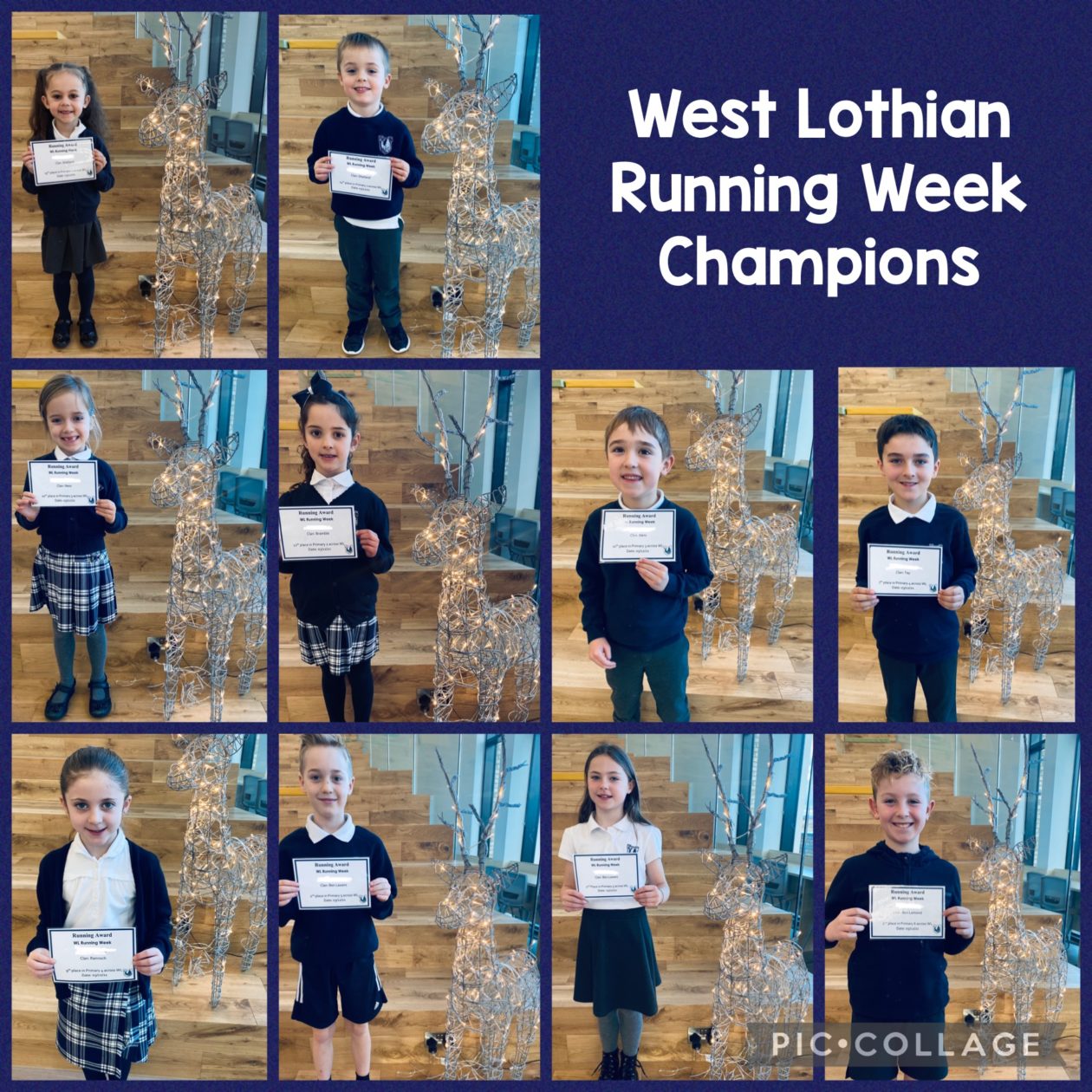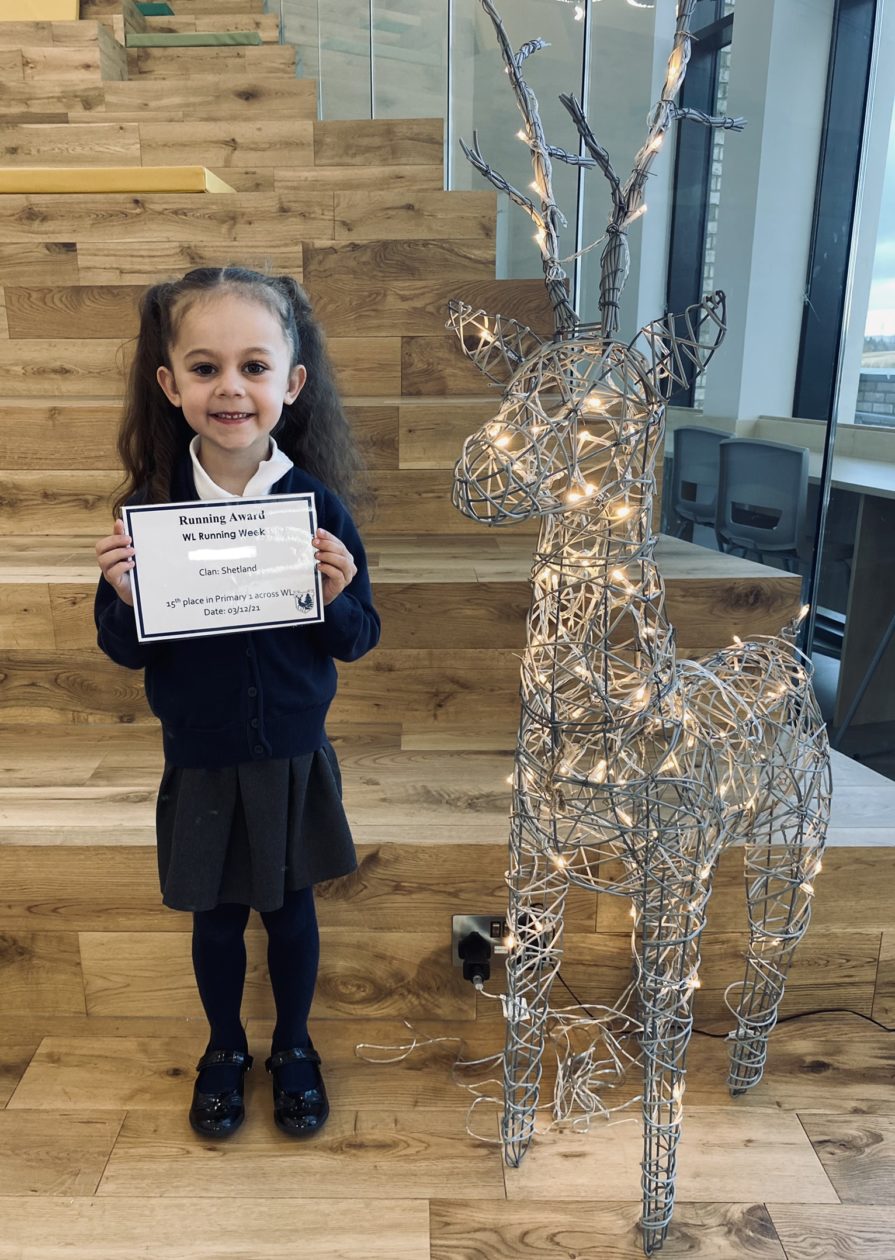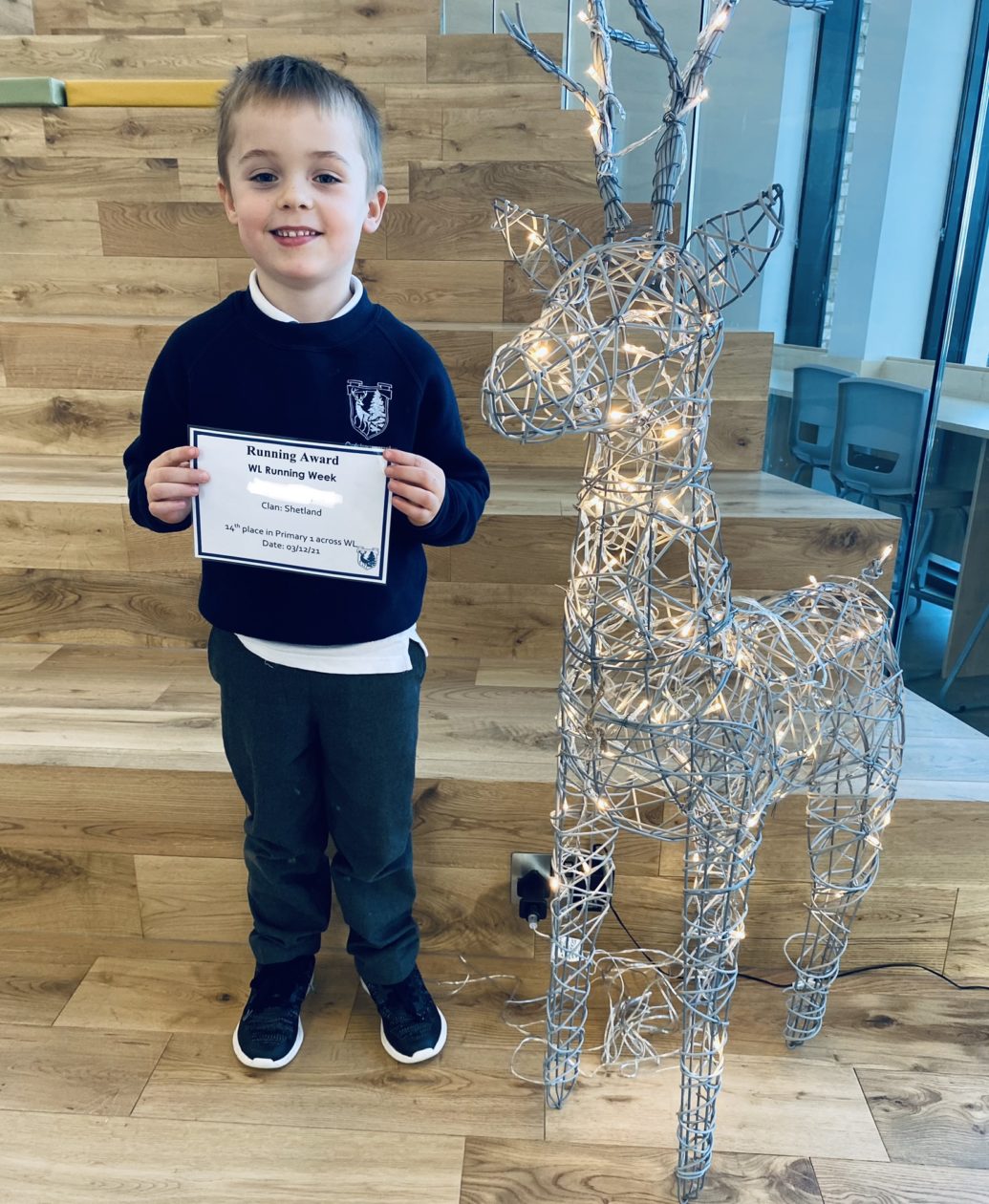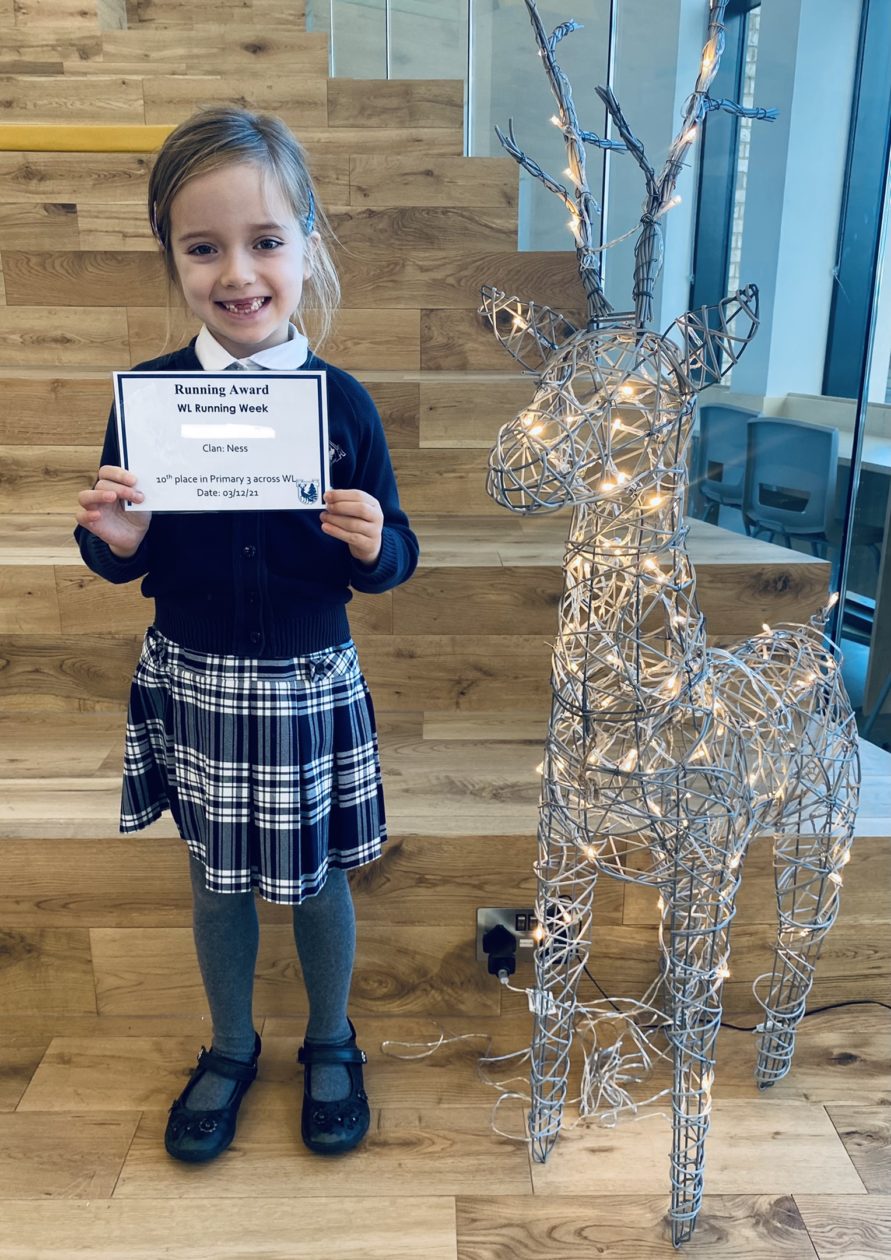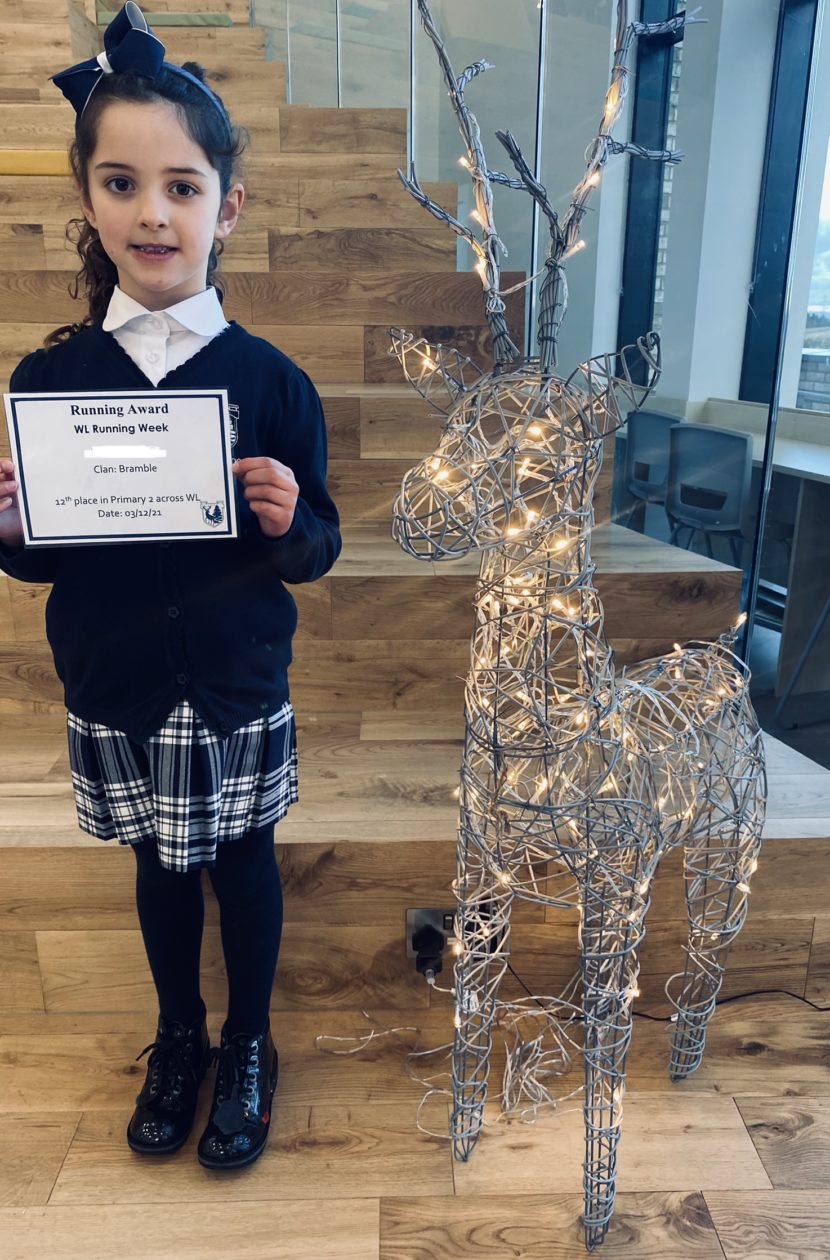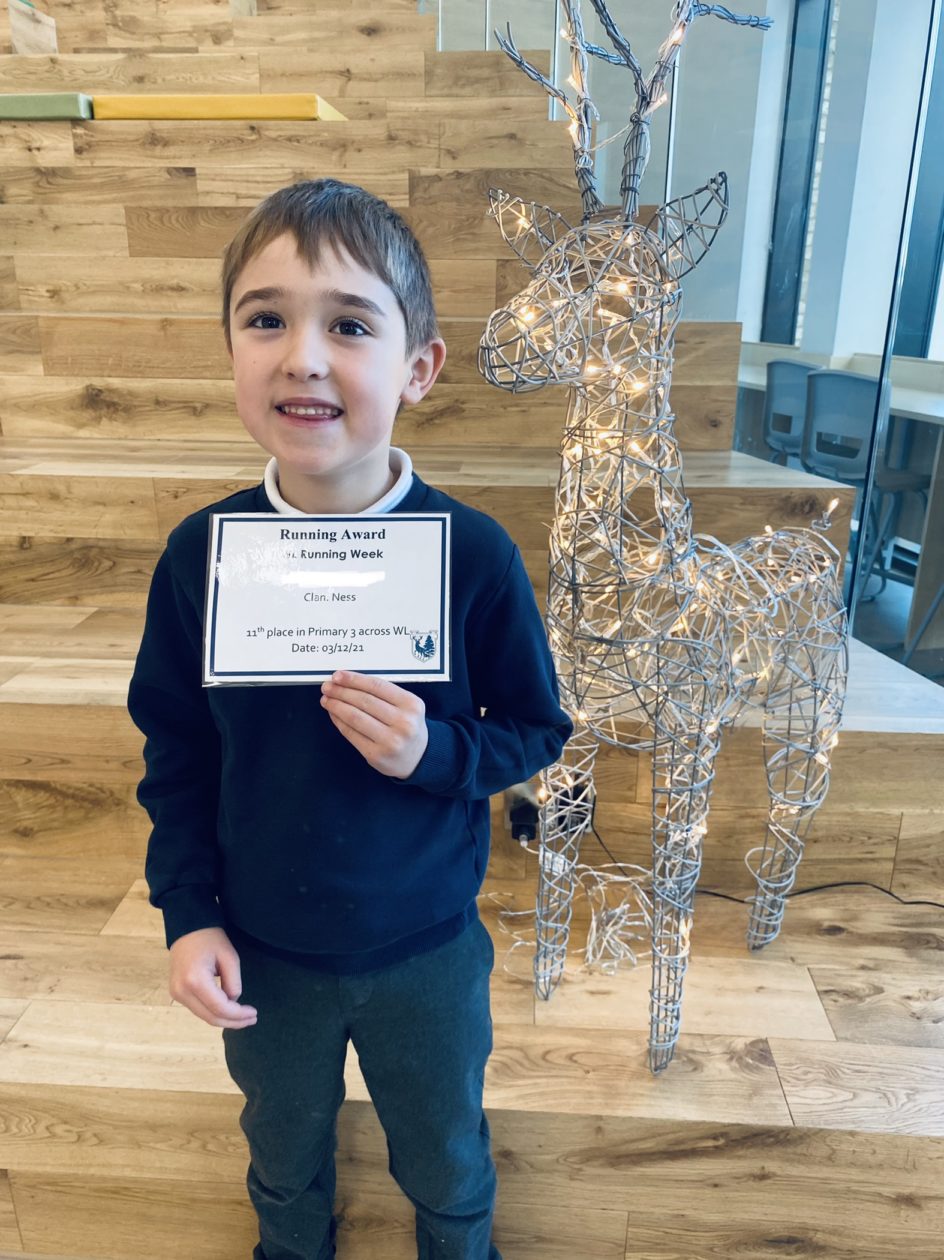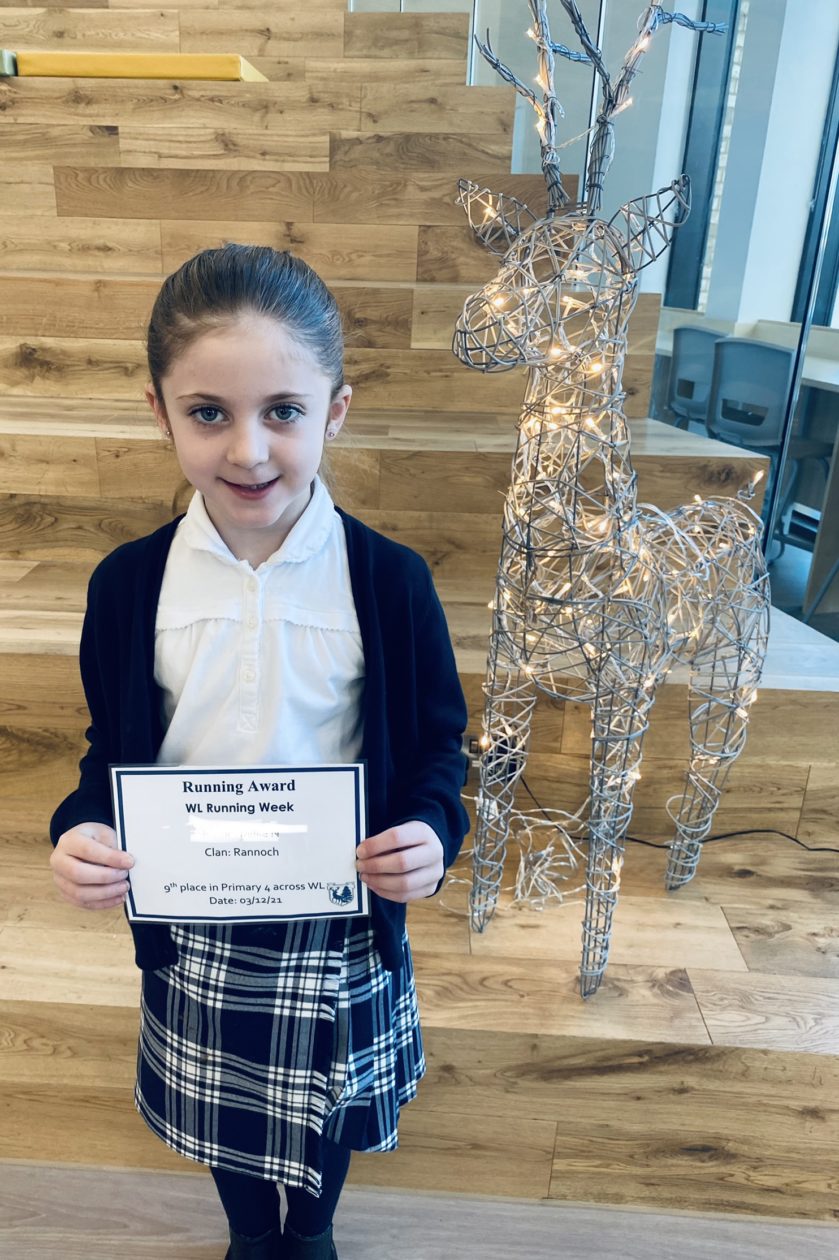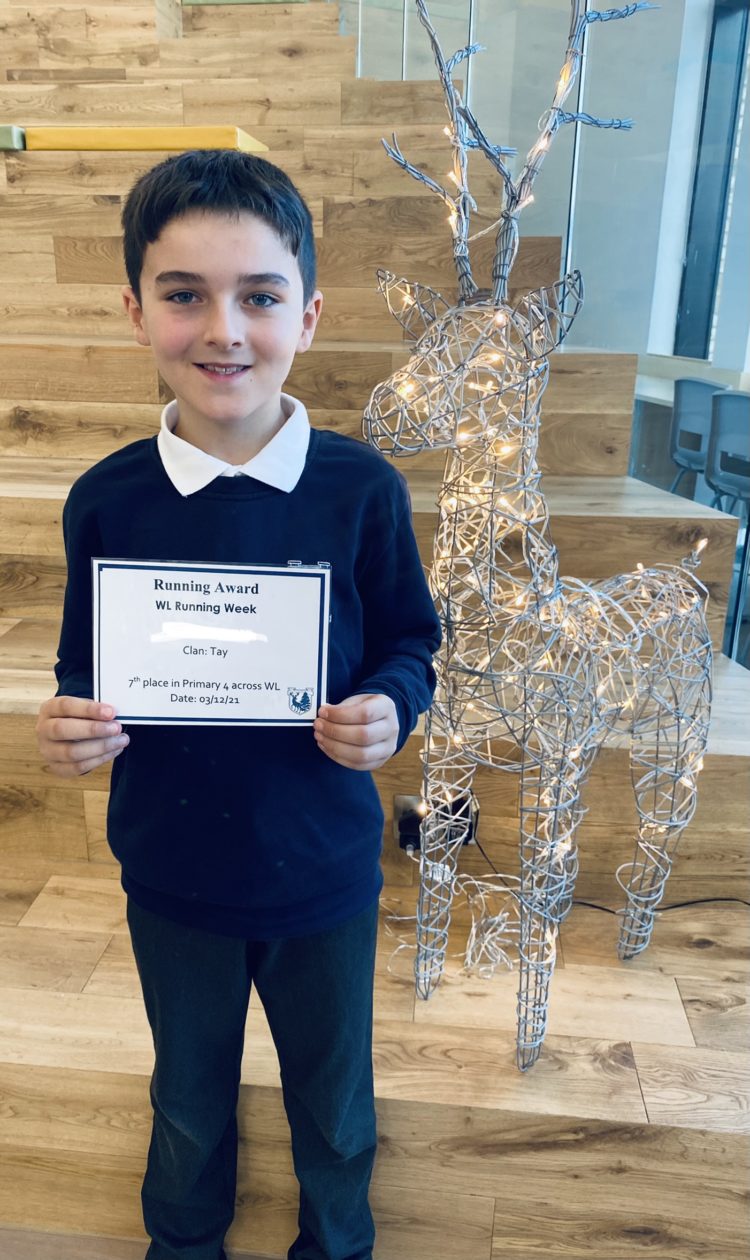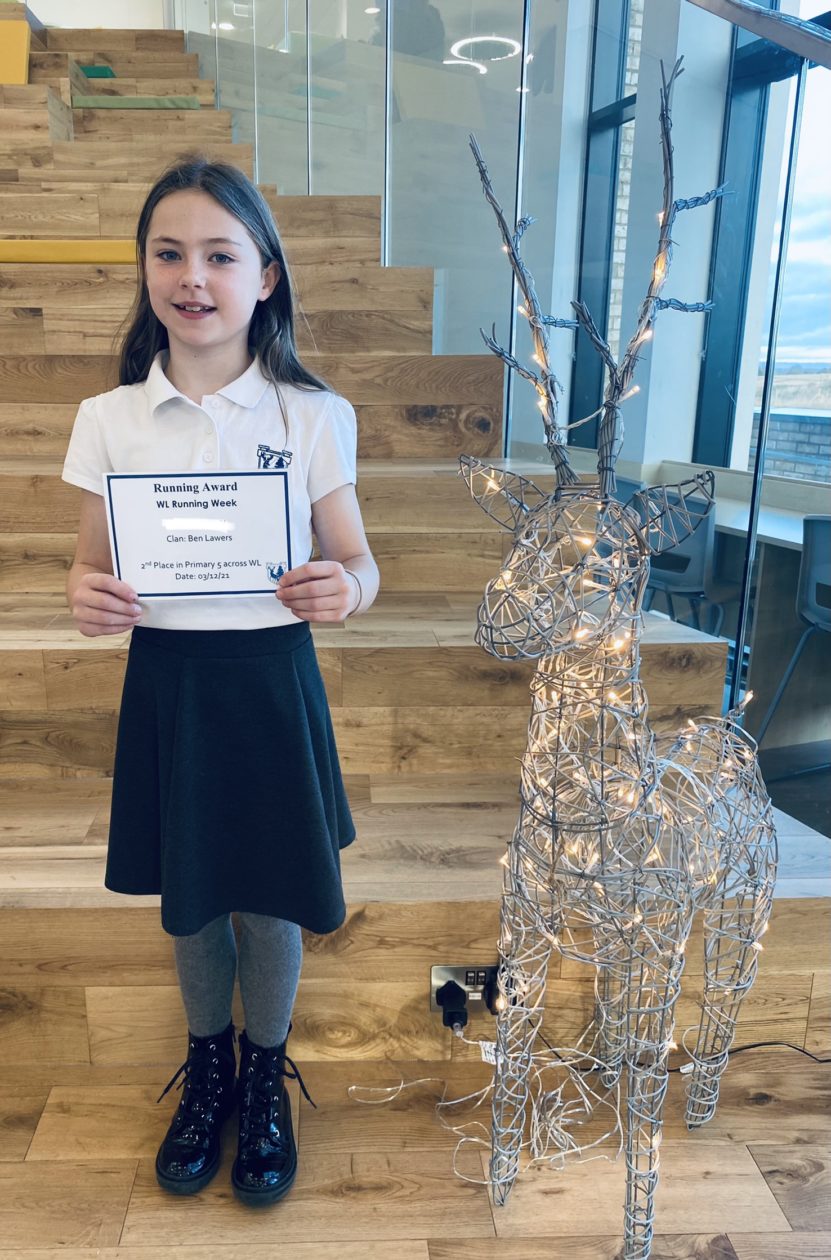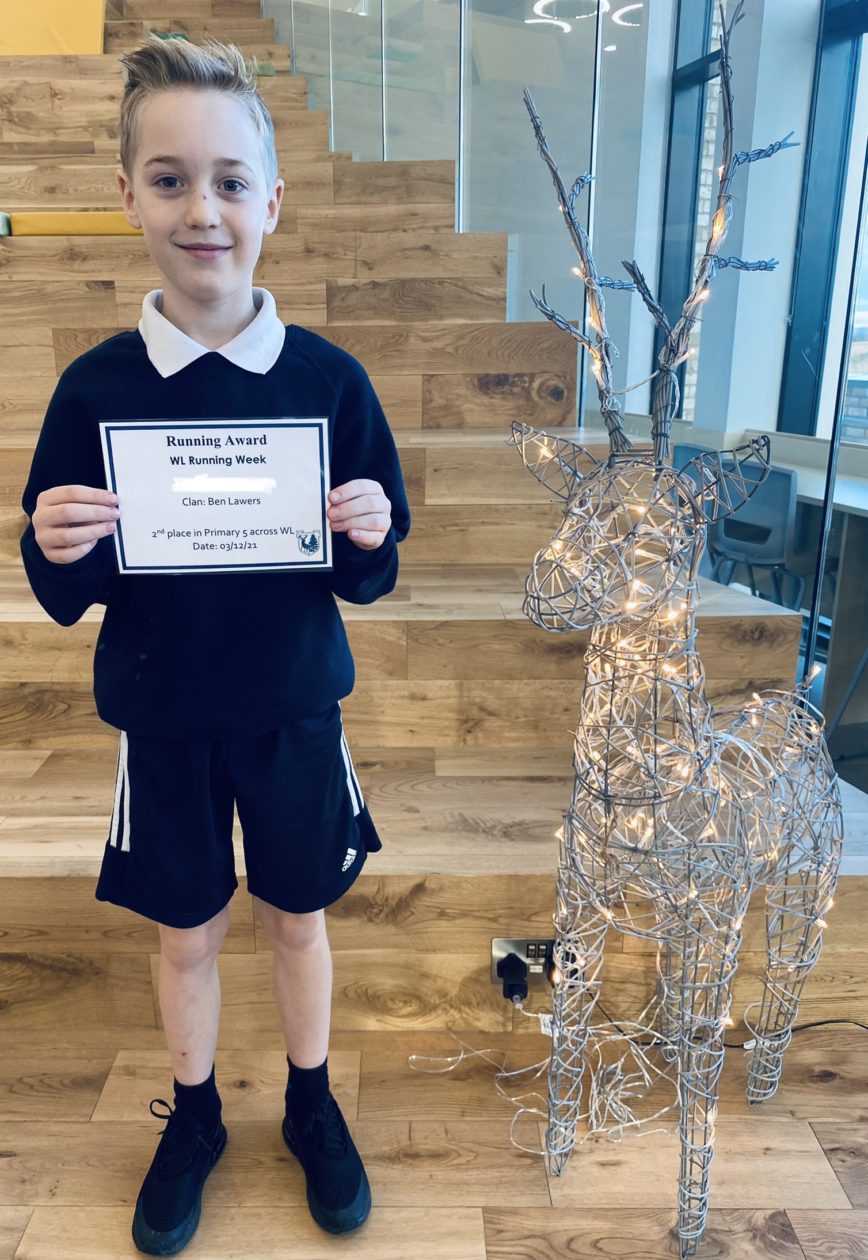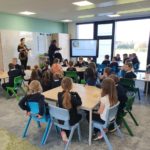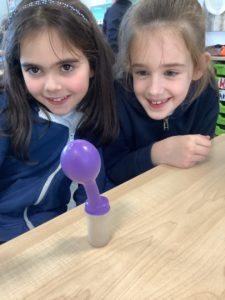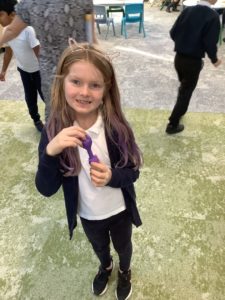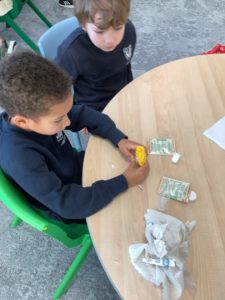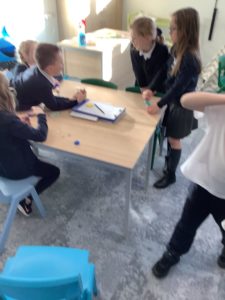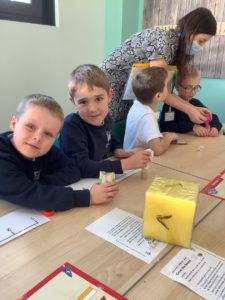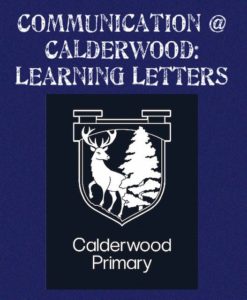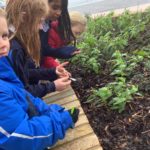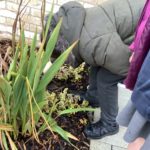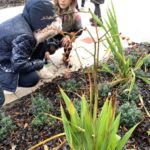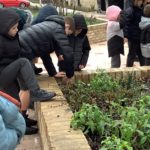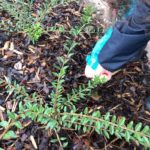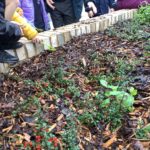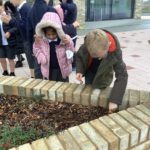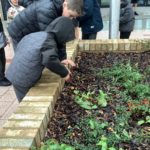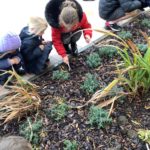Calderwood joined many schools across West Lothian to take part in West Lothian Running week as organised by Active Schools.
The children used apps and measuring tools to measure out the distance for their clan:
P1 Pupils – 100m
P2 Pupils – 200m
P3 Pupils – 400m
P4 Pupils – 600m
P5 Pupils – 800m
P6 Pupils – 900m
P7 Pupils – 1km
Our Ben Clans advertised the event.
Calderwood are taking part in WL Running Week – we’re up for the challenge! @ActiveS_Wcald @ActiveWL #CalderwoodCares #CalderwoodCommunity pic.twitter.com/mNdUQBsAnS
— Calderwood_Primary (@Calderwood_Pri) October 25, 2021
Ben Lawers & Lomond have been creating posters to offer advice for our cluster running competition. @ActiveWL @ActiveS_Wcald #CreativeCalderwood pic.twitter.com/BzfR9xukiq
— Calderwood_Primary (@Calderwood_Pri) October 28, 2021
The children below placed in the top 15, across all schools, for their age. A huge congratulations to them all!
